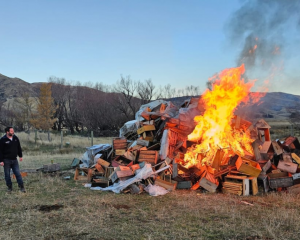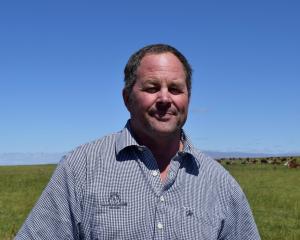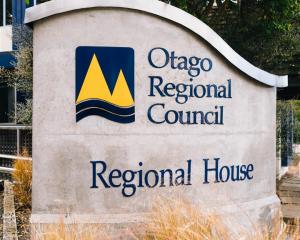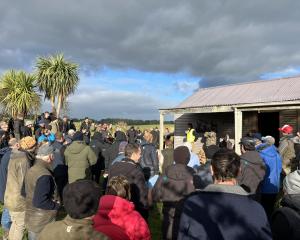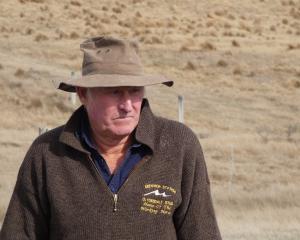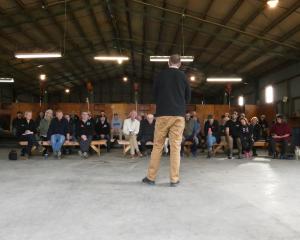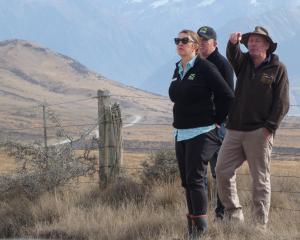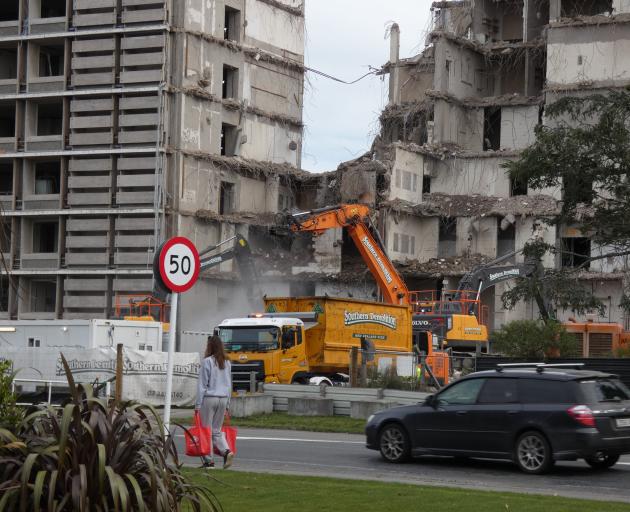
The crew for Southern Demolition and Salvage began lowering the building on April 8 with a 38m high reach excavator taking the first chunk out of the top floor.
Work began on the northeast corner and progressed its way south with this stage expected to be completed soon. Once the building is down to four levels, two smaller diggers will be added to bring it to ground level within about 16 weeks. Built mainly of reinforced concrete with internally concrete block-filled walls, this material will be crushed to be recycled as building material.
Reinforcing, cables, pipes, heating units and other metals will go to scrap metal with glass crushed. Salvaged hardwood timber rails, doors and trim will be recycled and gib board without asbestos coating going to landscaping yards for the gypsum.
A university spokeswoman said the demolition team aimed to recycle 85% to 90% of all materials. Some recycling is possible from the remaining 10% to 15%, with the exact amount to become clearer later in the project.
She said the building was encased in scaffold and fully scrimmed to prevent debris and dust escaping the site before the demolition started.
"The soft strip demolition phase then got under way in February and March and involved removing all linings and fixings from the building, including windows – undertaken by manual labour with the use of some small machinery. The soft demo phase left a concrete shell, ready for the hard demolition phase."
Asbestos within some of the linings, fixtures and fittings was stripped out during the soft strip phase.
The Burns building was opened by the Minister of Education in 1976 and named in honour of Sir Malcolm Burns, principal of Canterbury Agricultural College from 1952 to 1974 and a soil scientist.
It has been replaced by the university’s new science facility, Waimarie.


